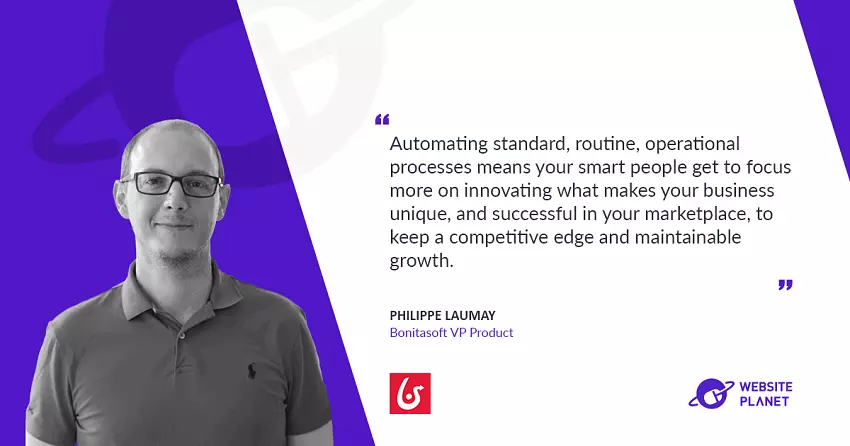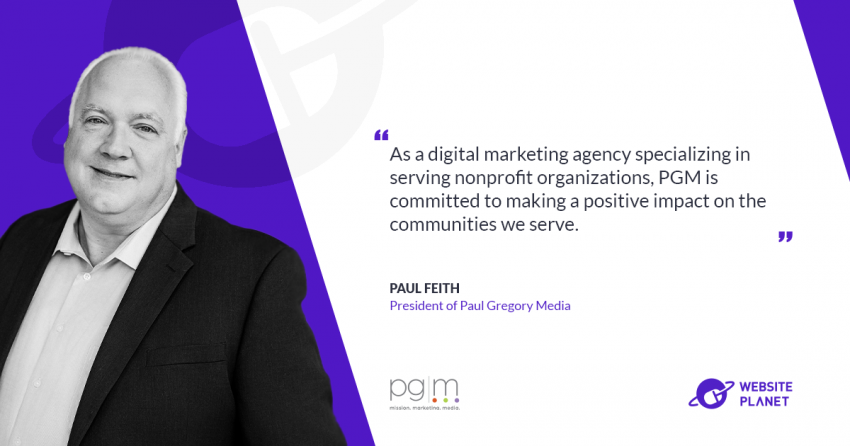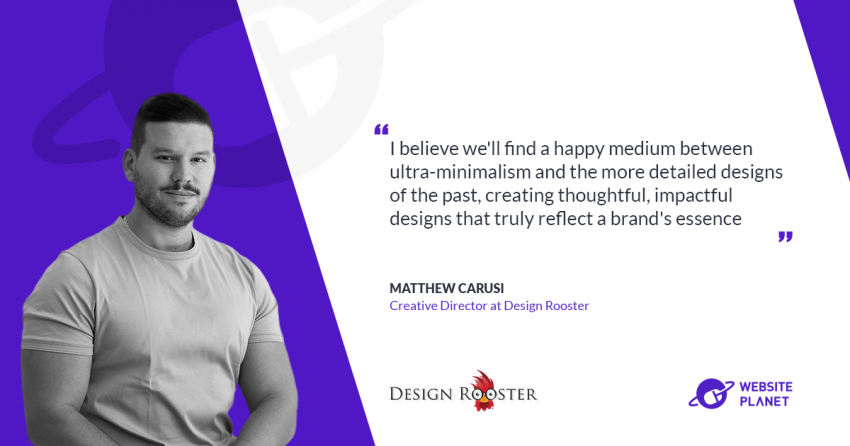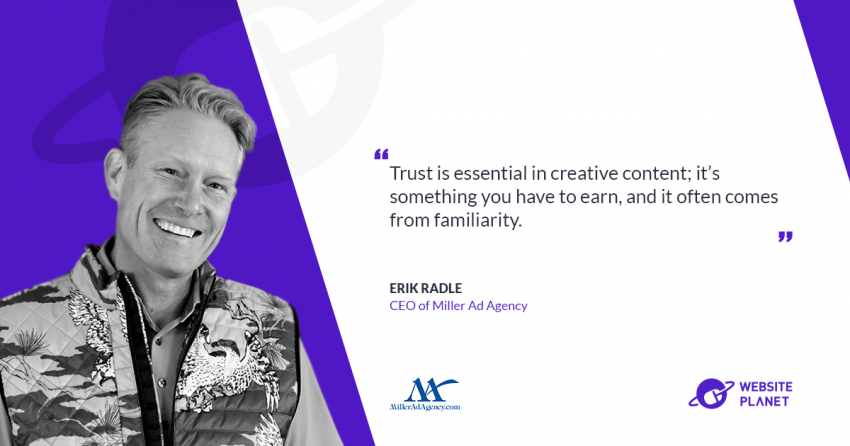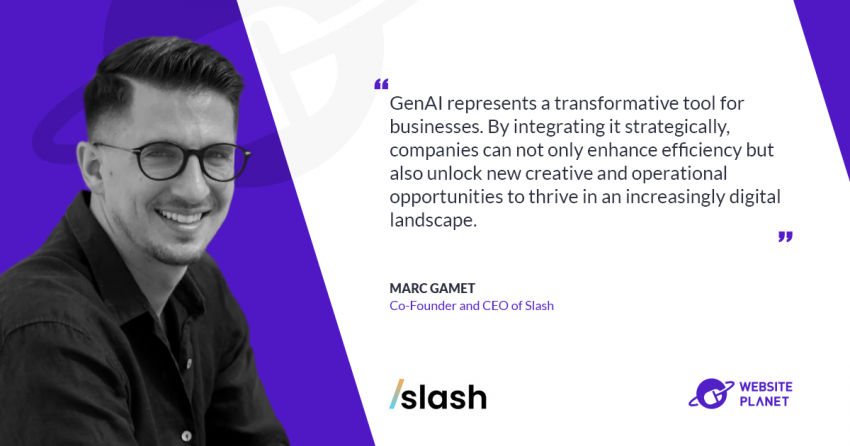When creating a company, maybe Business Process Managament is not the first thing that comes to mind, but you can’t underestimate its importance. There are several softwares in the market that helps you with BPM and process automation and one of those is
Bonitasoft. We talked with Philippe Laumay (VP Product) to find out more about the company’s vision and its products. Check it out!
Digital transformation was important before 2020. But because of what happened last year, it became a matter of life and death. How was Bonitasoft’ experience with new clients and demands last year? Did you notice a spike in sales and leads?
Business in so many markets was clearly impacted by the Covid pandemic. The IT market, including digital process automation tools for digital transformation, has suffered a bit less than others, perhaps, as so many companies discovered that fixing, optimizing, and digitizing their processes took on new urgency.
Winning new business was challenging for Bonitasoft though we are beginning to see that change. Significantly, though, renewal and upsell of existing business has continued to be strong. Solid relationships and trust with our customers has had a very positive impact on our sales even in a difficult year.
What are the main clients of Bonitasoft? Startups? Big companies?
Bonitasoft’s commercial Bonita Enterprise edition customers are generally medium- to- large companies, with an IT team, and who need a development platform they can use, from department-level to company-wide, for orchestration and automation of their critical business processes. With a complex application and system environments, companies like this have found that they need an integrated and extensible platform.
That said – Bonitasoft also offers a free edition of the Bonita platform (Bonita Community edition), usable by anyone in an organization of any size. The full Bonita user ecosystem has over 150,000 members and customers in 75+ countries, with startups and small companies among them.
Automating your business processes is not necessarily a hot topic or a main concern for a company that is starting to grow. Can you explain to us why that is a mistake, and a good BPM software must be a priority?
First, taking a Business Process Management disciplined approach is advisable for a company of any size – pay attention to your business processes to be efficient and to stay innovative.
Automating processes helps immediately with efficiency, to do more with less and do it consistently. And automating standard, routine, operational processes means your smart people get to focus more on innovating what makes your business unique, and successful in your marketplace, to keep a competitive edge and maintainable growth.
Talking about your products, what are the main points that Bonitasoft highlight? Integration, low maintenance, quick customer support, effective training?
One of the key advantages offered by the Bonita automation platform is its extensibility. This brings customization and integration capabilities. The Bonita platform can be connected to nearly any system, platform, or service. This, by the way, makes it ideal to connect legacy systems to modern applications – so our big-company customers with specialized, proprietary and expensive, hard-to-replace legacy software can still offer lightweight, responsive, attractive applications to their digital native customers.
Bonita’s low-code approach is for developers and citizen developers working together, quite unlike “no code” platforms, which have the disadvantage of limiting how process applications can be customized, and can often not be integrated into a company’s other information systems.
The Bonita platform is specifically designed so that “citizen developers” in a company – usually business-savvy folks with some technical expertise but not deep coding skills or experience – can work right alongside the professional developers so that the applications and automation projects they deliver together meet business objectives and company governance requirements. In the platform, visual programming vs coding capabilities are clearly separated and designed for collaboration.
What are the benefits of being open source?
Bonitasoft was founded with the aim to democratize BPM technology worldwide. A free, open source edition of the Bonita platform is available to anyone to download and use in production. That gives the opportunity to anyone, any organization, to leverage a BPM solution.
A company that embraces the principles of open source can create a virtuous cycle in which community users, company employees as well as customers/partners creates a win-win and long-term relationship.
At a company level, some of the benefits are:
- An powerful source of feedback and innovation
- A mature sales funnel based on people who already know the company and the platform
- A source of potential technology and consulting partners
- A highly successful employee retention program based on trust, transparency and collaboration
At Bonitasoft we believe that being open source, as a business model, is fair and sustainable. We commit to our community and customers to continue to work hard to make both open source and commercial editions better every single day.
The Bonita Community edition includes all capabilities required to develop and deploy process automation projects. Because it is open source, the code is available, and developers are free to improve and customize. Like other open source communities, the Bonita community is active and dynamic, sharing their contributions for customization and extensions, helping each other, and offering feedback to the Bonita R&D team.
The technologies used by companies changed a lot over the years and innovation will not stop. How does Bonitasoft follow all the new trends? What are the next steps for the company?
Process automation can mean more and more challenges for organizations, and for their business and IT teams on automation projects. Full cooperation and IT-business teamwork is more important than ever.But we are seeing that low code solutions for “citizen developers” can add more complications for governance and maintainability. The rules and policies of corporate and project governance have to be set for the team, as “corporate guardrails” for automation projects of all sizes.
For our next steps, we are committed to offering an alternative to separating professional developer from citizen developer work, by including both visual programming and coding on the same platform.
Our unique approach to low-code in a DPA platform allows professional developers to externalize the code and gives them the freedom to continue to use their existing tools, and ensures a smooth collaboration with the citizen developers who use visual programming capabilities. We’ll continue to develop more tools and tooling for all members of the automation team.
